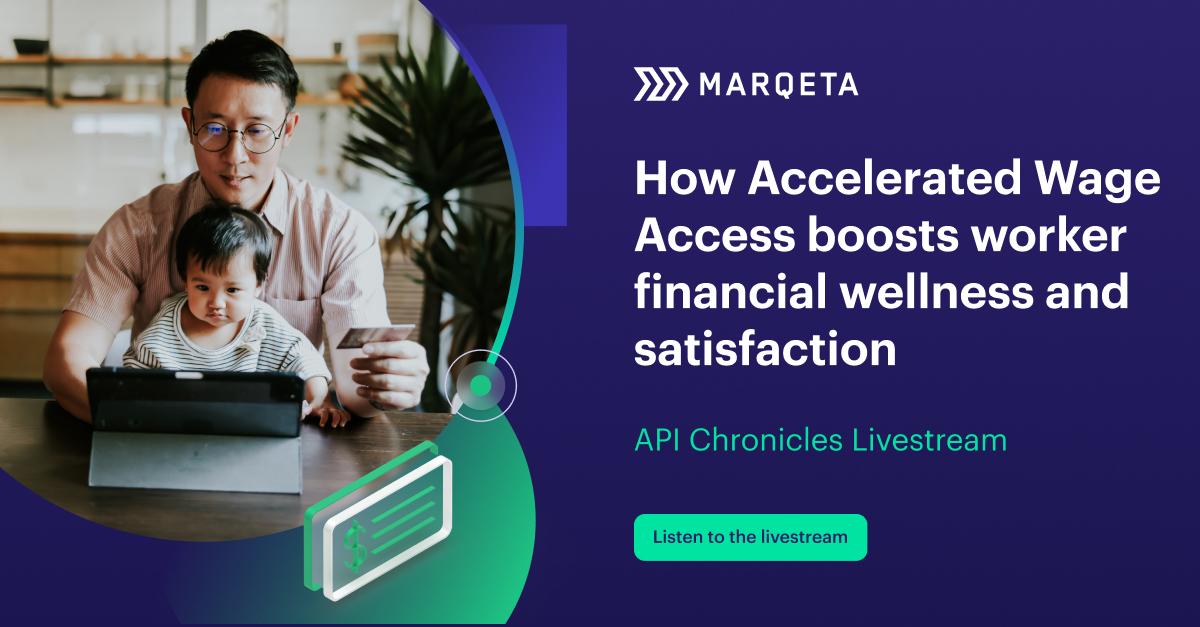As new ways to pay proliferate it’s easy to get confused by the nuances between different payment instruments. In this post, we’ll explain how virtual cards differ from tokenized cards, particularly in how they handle sensitive card data.
Virtual cards are regular payment cards reduced to their 16-digit primary account numbers (PAN). A fast and secure way to pay vendors and workers, virtual cards have been part of the payments landscape for almost twenty years. They were first developed in Dublin, Ireland by Orbiscom, a payment processing company that marketed them as “controlled payment numbers.” Unlike traditional regular payment cards, Orbiscom’s virtual cards could be limited to use at a specific merchant and set to expire after a limited number of transactions. Tokenized cards, on the other hand, replace sensitive card data with unique tokens, enhancing security and reducing the risk of data breaches.
Understanding the Concept of a Tokenized Card
Over the years, virtual card controls have become more fine-grained. For example, virtual cards created on a modern card issuing platform come with dynamic spend controls that limit authorizations to specific timeframes, geolocations, amounts, merchant types, and more. These controls can also be adjusted as needed and in real time. Tokenized cards also ensure secure and efficient payment transactions by adding layers of security and operational protocols.
According to Juniper Research, the volume of virtual card transactions will rise from $1.6 trillion in 2020 to $5 trillion in 2025.
Definition and Explanation of Payment Tokenization
Payment tokenization is a security process designed to protect sensitive payment information, such as credit card numbers, by replacing them with a unique identifier known as a token.
This token acts as a stand-in for the actual credit card details during online transactions, recurring payments, and other digital transactions. By using tokens instead of real card details, payment tokenization ensures that sensitive data remains secure and out of reach from cyber threats and data breaches. This method not only safeguards your credit card information but also provides a secure payment environment for both businesses and customers.
What are tokenized cards?
Like virtual cards, tokenized cards do not exist in a physical form. Unlike virtual cards, however, tokenized cards are not identified by a PAN. They are instead identified by a substitute string known as a token.
Both regular plastic and metal payment cards and virtual cards must be “tokenized” before they can be inserted into a digital wallet like Apple Pay, Google Pay, or Samsung Pay. Tokenization happens behind the scenes when consumers add cards to their digital wallets by entering their PAN or taking a picture of it. We explain how the PAN is replaced by a token in our guide Digital wallets, modern cards, and tokenization: what you need to know. By employing tokenization, businesses can protect sensitive customer information and mitigate the risk of a data breach.
How Does Credit Card Tokenization Work?
Credit card tokenization works by replacing sensitive credit card details with a randomly generated token. When a customer makes a payment, the merchant's payment processor or payment service provider (PSP) generates a unique token and securely stores the actual card details in a token vault.
This token is then used in place of the real card number for processing transactions, ensuring that merchants and unauthorized parties never have direct access to the original card data. Since tokens are meaningless outside the secure payment network, tokenization significantly enhances security, reducing the risk of data breaches and credit card fraud.
Benefits of credit card tokenization
The advantage of tokenized cards is that they can be very difficult to misuse, even if they fall into the wrong hands.
Thanks to tokenization, your personal information is much less likely to be compromised when you use a digital wallet than when you pay with a regular credit card. That is because only the token is stored in the merchant’s database — your PAN remains protected.
While tokenization was introduced in support of digital wallets targeted at consumers, commercial enterprises have also begun tokenizing payments, both to increase security and as a way to provision cards directly to a digital wallet. Compared to encryption, which is another popular way to protect payment information, tokenization is low-cost, flexible, and offers end-to-end security.
Tokenization can also be combined with virtual cards for ultimate protection and control. A single-use virtual card that is authorized to pay a specific merchant a predetermined amount, and that is also tokenized to boot, has value only in the context of that one specific transaction. For firms with elevated security concerns, tokenized virtual cards may be the ideal way to pay.
Contact us to learn how Marqeta can assist your organization with tokenization and virtual card payments.




